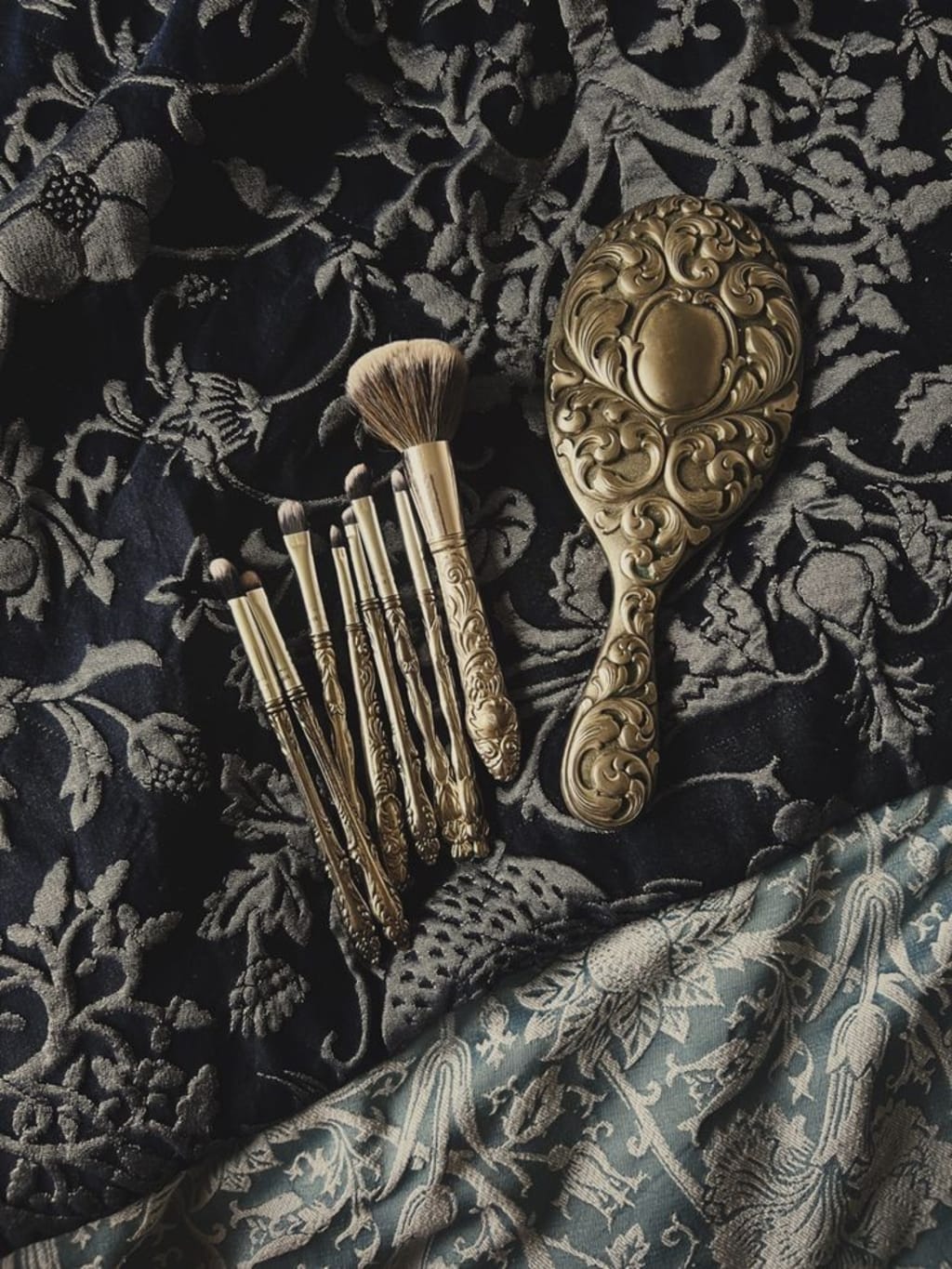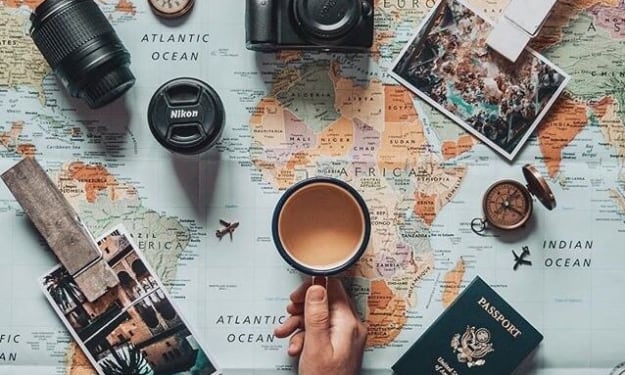Unveiling the Ancient Beauty Secrets:
Exploring the World's Oldest Cosmetics

Unveiling the Ancient Beauty Secrets: Exploring the World's Oldest Cosmetics
In the modern era, cosmetics play a significant role in enhancing beauty and confidence. However, the concept of cosmetics is not a recent development; it dates back thousands of years. Delving into the annals of history unveils a fascinating world of ancient beauty secrets and rituals. From ancient civilizations to distant cultures, cosmetics have been an integral part of human civilization since time immemorial. In this article, we embark on a journey to explore the world's oldest cosmetics, unraveling the mysteries behind their formulations, usage, and cultural significance.
Ancient Egypt: The Pioneers of Cosmetics (5000 BCE - 300 CE)
Ancient Egypt stands as a beacon in the history of cosmetics, pioneering the use of makeup for both practical and ritualistic purposes. Egyptian men and women adorned themselves with cosmetics made from natural ingredients sourced from the abundant flora of the Nile Delta. Kohl, a mixture of lead, copper, and other minerals, was used to outline the eyes, creating a striking and mesmerizing effect. Additionally, Egyptians crafted elaborate perfumes and ointments from aromatic plants and resins, utilizing them for religious ceremonies and everyday use. The allure of Egyptian cosmetics transcended borders, influencing beauty practices in neighboring regions and leaving an indelible mark on the history of cosmetics.
Ancient Mesopotamia: Beauty in the Cradle of Civilization (3500 BCE - 500 BCE)
Mesopotamia, often referred to as the "cradle of civilization," was another epicenter of early cosmetic innovations. Sumerians and Babylonians concocted a myriad of beauty products using ingredients such as oils, waxes, and minerals. They adorned themselves with brightly colored pigments for the eyes and lips, accentuating their features and expressing their social status. Furthermore, clay tablets dating back to ancient Mesopotamia reveal intricate recipes for skincare preparations, highlighting the importance of beauty and grooming in ancient societies.
Ancient Greece: Beauty as an Art Form (800 BCE - 146 BCE)
In ancient Greece, beauty was revered as an art form, and cosmetics played a pivotal role in self-expression and aesthetic appreciation. Greek women adorned themselves with a variety of cosmetics, including white lead-based face powders, rouge made from crushed berries, and kohl for enhancing the eyes. The concept of beauty was intertwined with philosophical ideals, as depicted in the sculptures and literature of the time. Greek physicians also contributed to cosmetic innovation, developing skincare remedies and advocating for the use of natural ingredients for maintaining youthful skin.
Ancient China: Harmony of Beauty and Tradition (3000 BCE - 220 CE)
Ancient China embraced cosmetics as a means of achieving harmony between the body, mind, and spirit. Traditional Chinese medicine influenced beauty practices, emphasizing the importance of balance and holistic wellness. Chinese women adorned themselves with cosmetics derived from natural ingredients such as rice powder, flower extracts, and mineral pigments. The art of makeup was deeply intertwined with cultural rituals and ceremonies, symbolizing auspiciousness and prosperity. Moreover, Chinese pharmacopoeias documented herbal remedies for skincare and haircare, reflecting the holistic approach to beauty in ancient China.
Indus Valley Civilization: Beauty Amidst Urban Sophistication (3300 BCE - 1300 BCE)
The Indus Valley Civilization, one of the oldest urban societies in the world, also boasted a sophisticated culture of beauty and grooming. Archaeological excavations unearthed artifacts such as bronze mirrors, cosmetics containers, and intricate jewelry, indicating the importance of personal adornment in ancient Indus society. Harappan seals depicting stylized figures adorned with elaborate headdresses and jewelry offer glimpses into the beauty ideals of the time. Furthermore, evidence suggests the use of natural ingredients such as sandalwood, turmeric, and henna for skincare and haircare purposes.
The exploration of the world's oldest cosmetics unveils a tapestry of cultural diversity, creativity, and ingenuity. From the opulent courts of ancient Egypt to the tranquil gardens of ancient China, cosmetics have served as a reflection of human creativity and aspiration throughout history. Despite the passage of millennia, the allure of ancient beauty secrets continues to captivate our imagination, inspiring modern beauty rituals and product formulations. As we celebrate the legacy of ancient cosmetics, let us cherish the timeless pursuit of beauty, harmony, and self-expression that transcends the boundaries of time and culture.






Comments
There are no comments for this story
Be the first to respond and start the conversation.